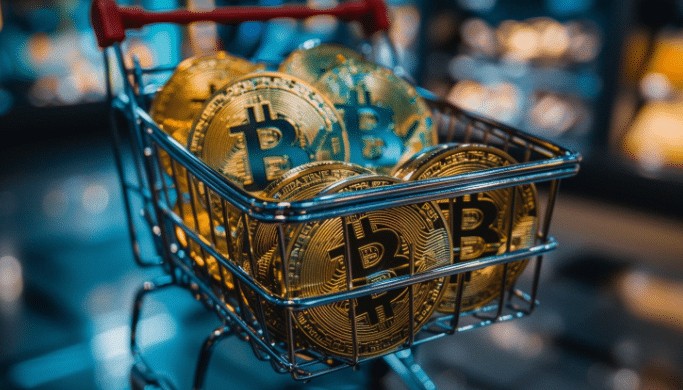Blockchain technology has emerged as one of the most transformative innovations of the digital age, promising to revolutionize how transactions and data are managed across various industries. Originally conceptualized as the underlying technology for cryptocurrencies like best presale crypto to buy now, blockchain has since expanded its potential applications far beyond finance, into sectors such as supply chain management, healthcare, and even voting systems.
What is Blockchain?
At its core, blockchain is a decentralized and distributed ledger technology. Unlike traditional centralized systems where data is stored and managed by a single entity, blockchain operates on a peer-to-peer network. This network consists of nodes that validate and record transactions in a secure and transparent manner.
How Does Blockchain Work?
- Decentralization: Blockchain operates on a decentralized network, meaning there is no central authority. Instead, data is stored across multiple nodes, making it extremely difficult for any single entity to manipulate the system.
- Transparency: Every transaction on a blockchain network is recorded on a public ledger. This transparency ensures that all participants can view the transaction history, promoting trust and accountability.
- Security: Blockchain uses cryptographic techniques to secure transactions. Each transaction is encrypted and linked to the previous one, forming a chain of blocks. Once recorded, data in any given block cannot be altered retroactively without altering all subsequent blocks, which would require the collusion of the majority of the network.
- Smart Contracts: Smart contracts are self-executing contracts with the terms of the agreement directly written into code. They automatically enforce and execute the terms of an agreement when predefined conditions are met. This feature eliminates the need for intermediaries, reducing costs and increasing efficiency.
Applications of Blockchain
- Finance: Blockchain’s first and most well-known application is in cryptocurrencies like Bitcoin and Ethereum. Beyond digital currencies, blockchain is used for faster and cheaper cross-border payments, asset tokenization, and decentralized finance (DeFi) platforms.
- Supply Chain Management: Blockchain can track goods as they move through the supply chain, providing transparency and reducing fraud. Companies can verify the authenticity and provenance of products, improving quality control and consumer trust.
- Healthcare: Blockchain can securely store and manage medical records, ensuring patient privacy and facilitating interoperability between healthcare providers. It can also streamline the process of clinical trials and drug supply chain management.
- Voting Systems: Blockchain can enhance the security and transparency of voting systems by providing a tamper-proof record of votes, thus reducing the risk of fraud and increasing voter turnout.
Challenges and Future Outlook
Despite its potential, blockchain faces challenges such as scalability, regulatory concerns, and energy consumption. Scalability issues, particularly with public blockchains, need to be addressed for widespread adoption. Regulatory frameworks also vary widely across jurisdictions, which can impact the development and deployment of blockchain applications.
Looking ahead, the future of blockchain technology appears promising. As more industries recognize its potential to increase transparency, reduce costs, and improve security, blockchain is likely to become an integral part of our digital infrastructure.
